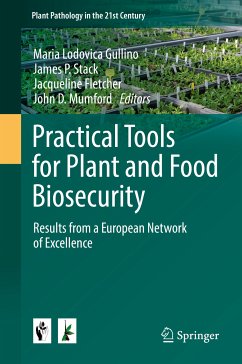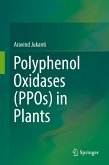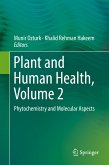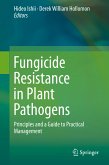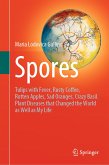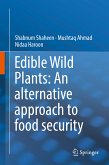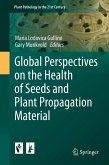This volume is part of a series of volumes on Plant Pathology in the twenty-first Century and it stems from Plant and Food Biosecurity (PLANTFOODSEC), a Network of Excellence funded under the European 7th Framework Programme for Research and Technological Development focusing on biological threats having the capacity to affect and damage agriculture, infect plants and ultimately affect food and feed at any stage in the supply chain.
Biosecurity is a strategic and integrated approach for analysing and managing relevant risks to human, animal and plant life and health, and associated risks to the environment. Although most plant disease and food safety outbreaks have natural causes or are the result of inadvertent introductions of pathogens through human activities, the risk of a deliberate introduction of a high consequence plant pathogen or human pathogen on plant cannot be excluded.
The considerable amount of research on plant biosecurity and food safety promoted by the European Union - which has also involved non-EU countries such as the United States, Israel and Turkey - has made possible the development of a comprehensive set of tools covering the entire risk management cycle - from prevention to preparedness, detection, response and recovery - which are presented in this book.
In particular the different chapters cover the identification and regulatory analysis of biosecurity challenges; pest risk assessment; experimental and modelling approaches; decision tools and microbial forensics; diagnostics and detection tools. Moreover training, dissemination and networking subjects are also covered.
This book is aimed at researchers, graduates and policy makers in the field of Plant Health, Food Safety and Food Security.
Dieser Download kann aus rechtlichen Gründen nur mit Rechnungsadresse in A, B, BG, CY, CZ, D, DK, EW, E, FIN, F, GR, HR, H, IRL, I, LT, L, LR, M, NL, PL, P, R, S, SLO, SK ausgeliefert werden.

